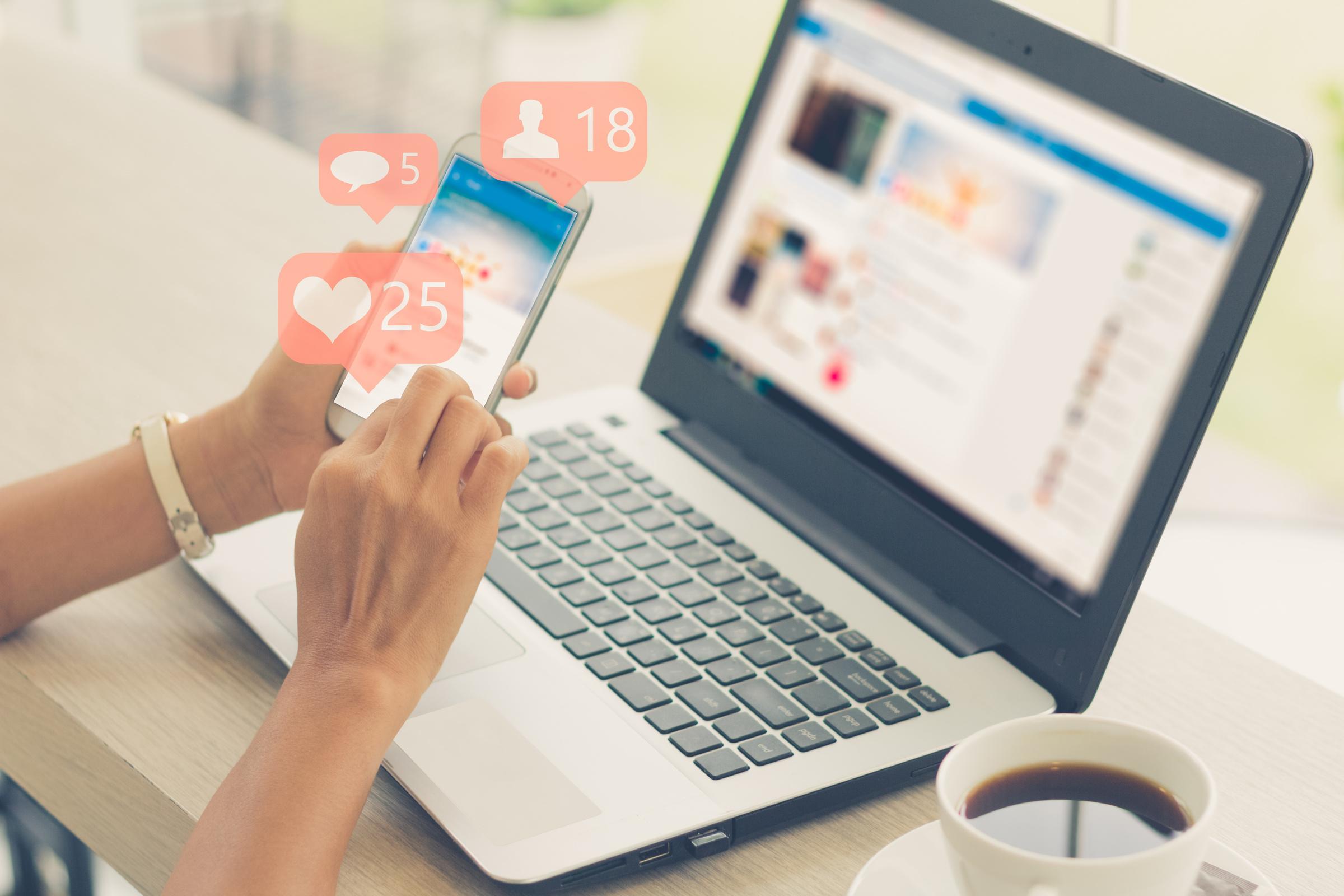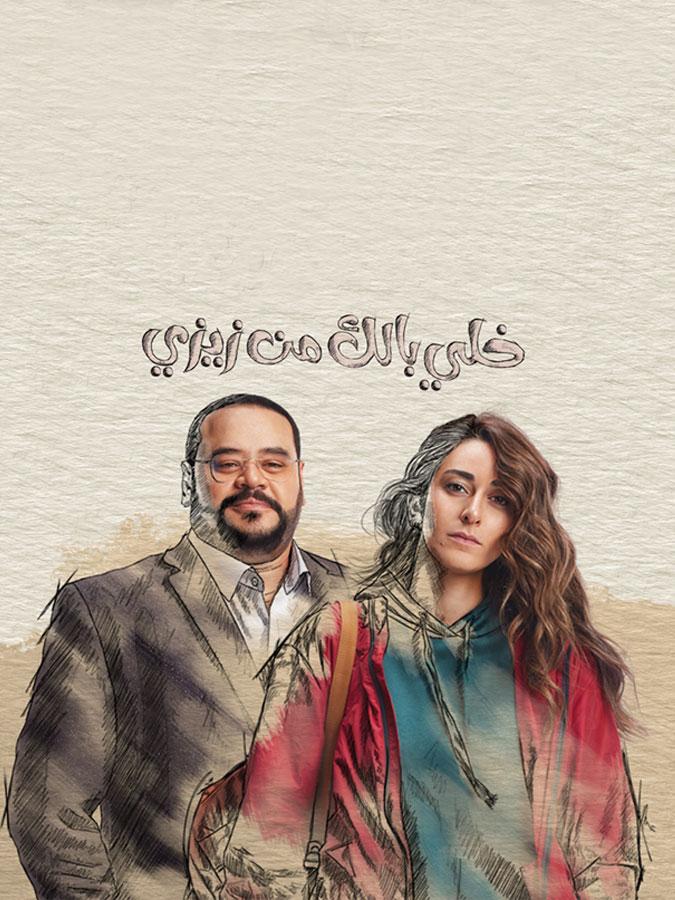
2 minute read
ADHD, BPD, and entertainment education
from SCOPH Newsletter
by IFMSA-Egypt
&ADHD, BPD Entertainment08 Education
We all know that social media has an impact on all
Advertisement
including behaviour. health aspects
of knowledge life, and
The use of social media to spread health information is now a widely used cost-effective approach that allows access of innumerable numbers of people to an unlimited amount of knowledge. Through social media, we can send messages in multiple languages with different content to different populations including those who are hard to reach. Additionally, ordinary people can exchange health information and advice via various platforms including Facebook, YouTube, and Pinterest through various modalities (e.g., text, image, video, and gif). Social networks also facilitate the adoption of health behaviors through homophily and clustering, in other words, social reinforcement, especially when the behavior is difficult, costly, or unfamiliar.
Furthermore, Facebook and Twitter have been identified as preferred methods of learning by high school students. As they motivate student engagement and improve communication between peers and educators encouraging the growth of collaborative learning environments, and self-learning methods.
Social media can also bolster
relationships and aid in among
stakeholders advocating for health
policy, including its
development, planning, and reform. Healthcare specialists can use social media to publish media tools, guidelines, and best practices. However, the use of social media has its negative consequences notably spreading misinformation.
When searching for information, users are not likely able to differentiate among advertising, entertainment, news content, and public and private information. Adolescents do not possibly have abilities to critically assess information or evaluation of its resources.
Thus, young users should
consult teachers and/or responsible adults who can identify potential dangers and choose appropriate interventions. Media platforms such as YouTube can be used to sustain the stigma associated with certain health conditions. Moreover, social media is not likely to be a suitable option for population subgroups including the elderly; the physically and cognitively disabled; and those with low text, technical, and eHealth literacy. Lack of controls on who posts or distributes information leads to an inability to identify potential hoaxes and misinformation.

Examples of social media role in spreading awareness on health topics include the Ramadan show:
"khali balak men zizi" " "ىﺰﻳز ﻦﻣ ﻚﻟﺎﺑ ﻲﻠﺧ which demonstrated the life on Attention Deficit hyperactivity Disorder (ADHD) students and Hana who featured a women with Borderline Personality Disorder (BPD) and her continuous irrational decisions.









